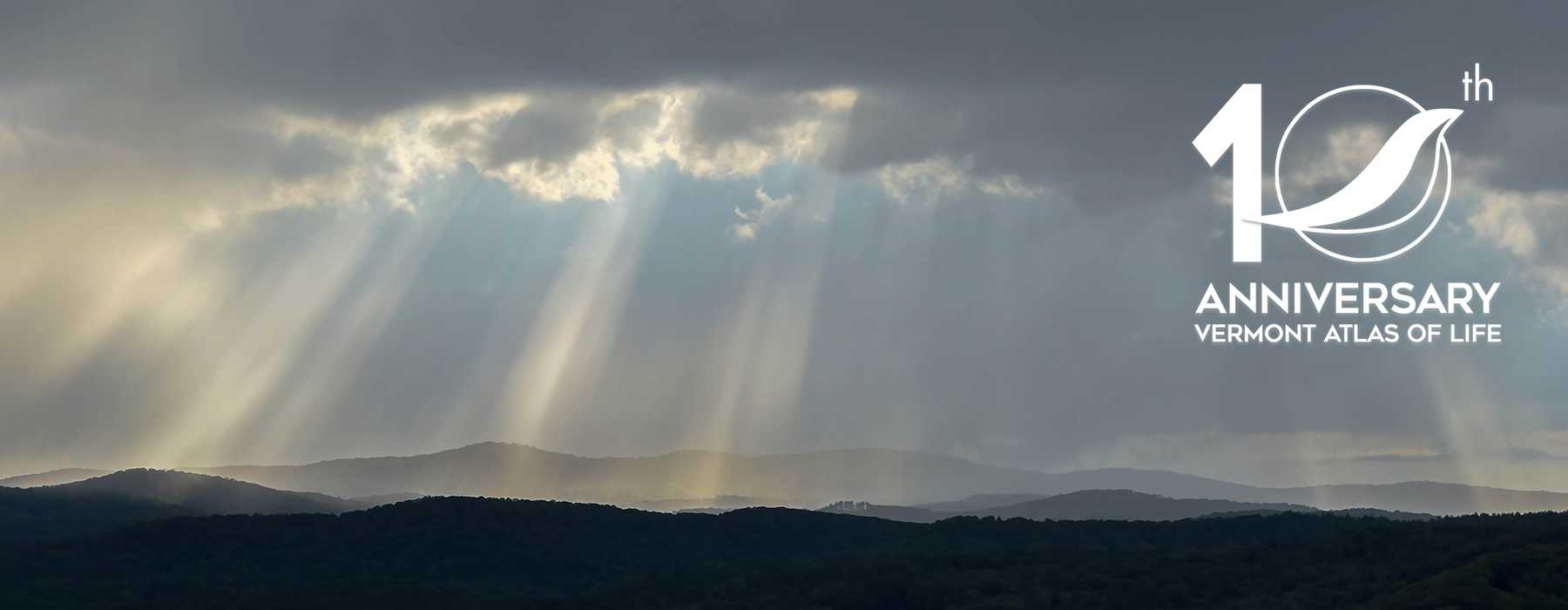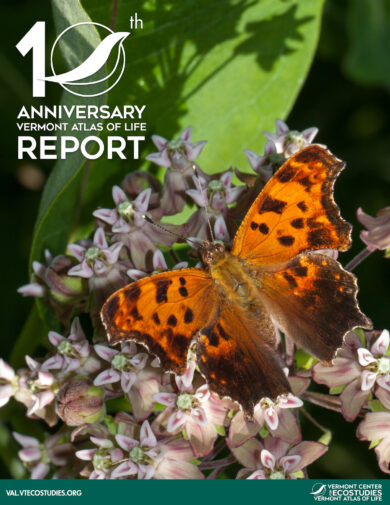This report showcases the power of coupling community and professional science to document Vermont’s biodiversity.
Vermonters have risen to the conservation challenge: our community scientists lead the nation with more field observations per capita than any other state. We use nearly 8 million observations from almost 12,000 species reported from across the state to help establish a biodiversity baseline for Vermont, critical for understanding and measuring biodiversity changes in the future caused by landscape and climate change.
At VAL’s core is the community of people contributing and using information about Vermont’s changing nature: occurrence records, population data, distribution maps, photographs, and other data—from backyard naturalists to scientists to policymakers. In short, VAL is one of the most ambitious and far-reaching biodiversity informatics projects ever undertaken in Vermont. The Vermont Atlas of Life is giving us a better understanding of what’s here, what’s not, and how biodiversity and species distributions change over time.
The findings presented in this report allow us to see Vermont’s landscape in new ways. We’ve identified potential biodiversity hotspots and made predictions about future impacts of climate change on the state’s biodiversity. Together, this information will help target land conservation efforts, and much more.
If you missed our webinar on June 14, 2023, you can watch the recording here.








